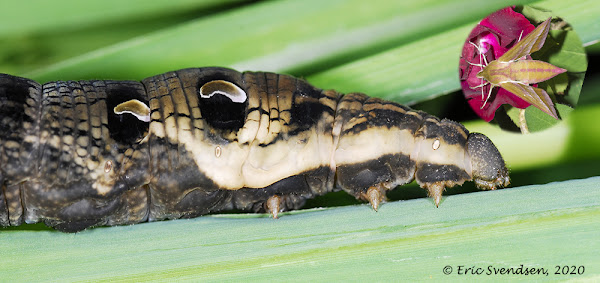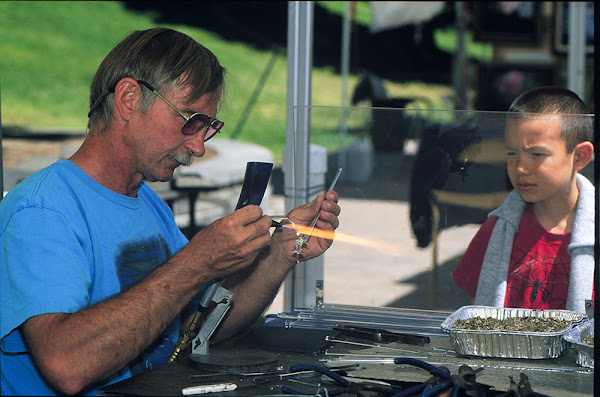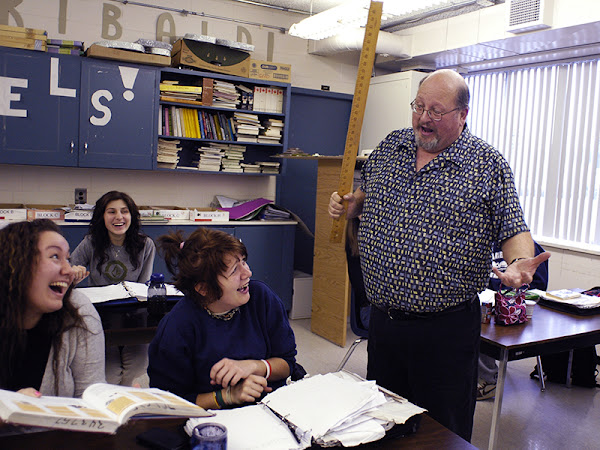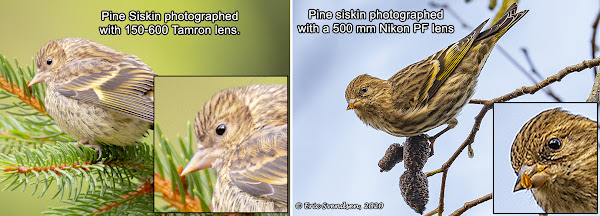The reason exposure compensation exists.

That little +/- function on your digital camera, do you ever use it? Usually available as a button, sometimes through a navigation control or menu, it allows you to alter the exposure the camera chooses. It would be wonderful if your camera's ability to capture an image was without flaw or imperfection, but the truth is that you often have to adjust some parameters. Chief among those is the exposure compensation button. The exposure is a combination of sensor sensitivity (ISO), the amount of time that an exposure takes (shutter speed), and the amount of light that the lens allows into the camera (aperture). Each of these can change up and down by values we call a stop; a stop is just a doubling or halving of light. Change ISO from 100 to 200 means the sensor is twice as sensitive to light (needs one-half the light). Decreasing shutter speed from 1/250th of a second to 1/125th of a second means twice as much light hits the sensor. Altering aperture from f/8 to f/5.6 d


























